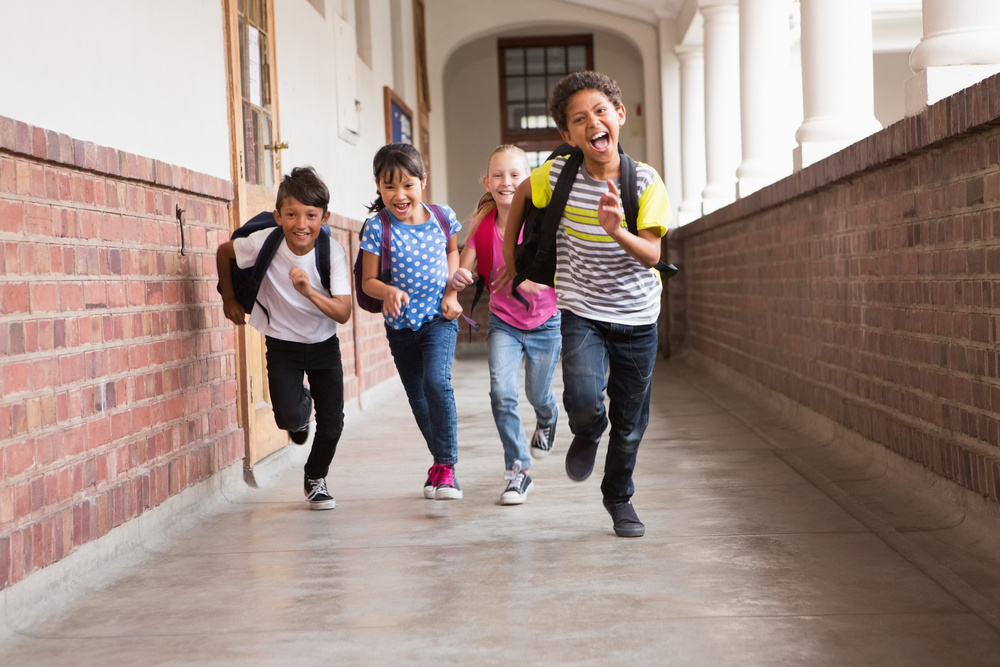
Each back-to-school season comes with the typical jitters and excitement; however, this year is unique in that it’s the first time pandemic babies and young children are school-aged. The New York Times¹ recently wrote an article highlighting how the pandemic affected babies’ and young children’s development–with many of them experiencing higher than average developmental challenges.
The reason: isolation and care given by understandably stressed caregivers during the most formative and fastest years of brain development. The New York Times dubbed this cohort as “a pandemic tsunami.” One preschool teacher interviewed in the article noted that she observed that children weren’t engaging in imaginative play or seeking out other children the way they used to. So what does this mean?
Emotions are universally children’s first language, and teachers have always needed to respond to children’s big emotions in the learning environment knowing that before any academic learning can occur, children’s emotions need to be regulated. However, with pandemic babies now entering school with more developmental delays than average, including social ones, teachers will need to be even more equipped to deal with not only the emotions of their children but also with their own – including heightened stress levels.
In order to help these children “catch up,” we must support our teachers with the tools they need to address these unprecedented challenges. Teachers need to be supported to first recognize and manage their own emotions and then attend to their children’s emotions as they model and guide them.
Children who are emotionally dysregulated express themselves through behavioral outbursts. One Florida teacher in the article said she noticed among her preschoolers' emotional dysregulation: “It was knocking over chairs, it was throwing things, it was hitting their peers, hitting their teachers.”
By providing safe, responsive and empathic relationships with children, teachers can help children identify, understand, communicate and manage their big emotions. In doing so, these teachers will see behavioral changes in the classroom. With emotions in check, the brain’s executive function, such as problem-solving, memory and planning, can be accessed and children can learn.
1. https://www.nytimes.com/interactive/2024/07/01/upshot/pandemic-children-school-performance.html
These Posts on Back to School
Housman Institute, LLC
831 Beacon Street, Suite 407
Newton, MA 02459
info@housmaninstitute.org
(508)379-3012
Explore
Our Products
Legal
Connect
Contact
Join our Mailing List!
Subscribe to receive our newsletter, latest blogs, and ECSEL resources.
We respect and value your privacy.
No Comments Yet
Let us know what you think